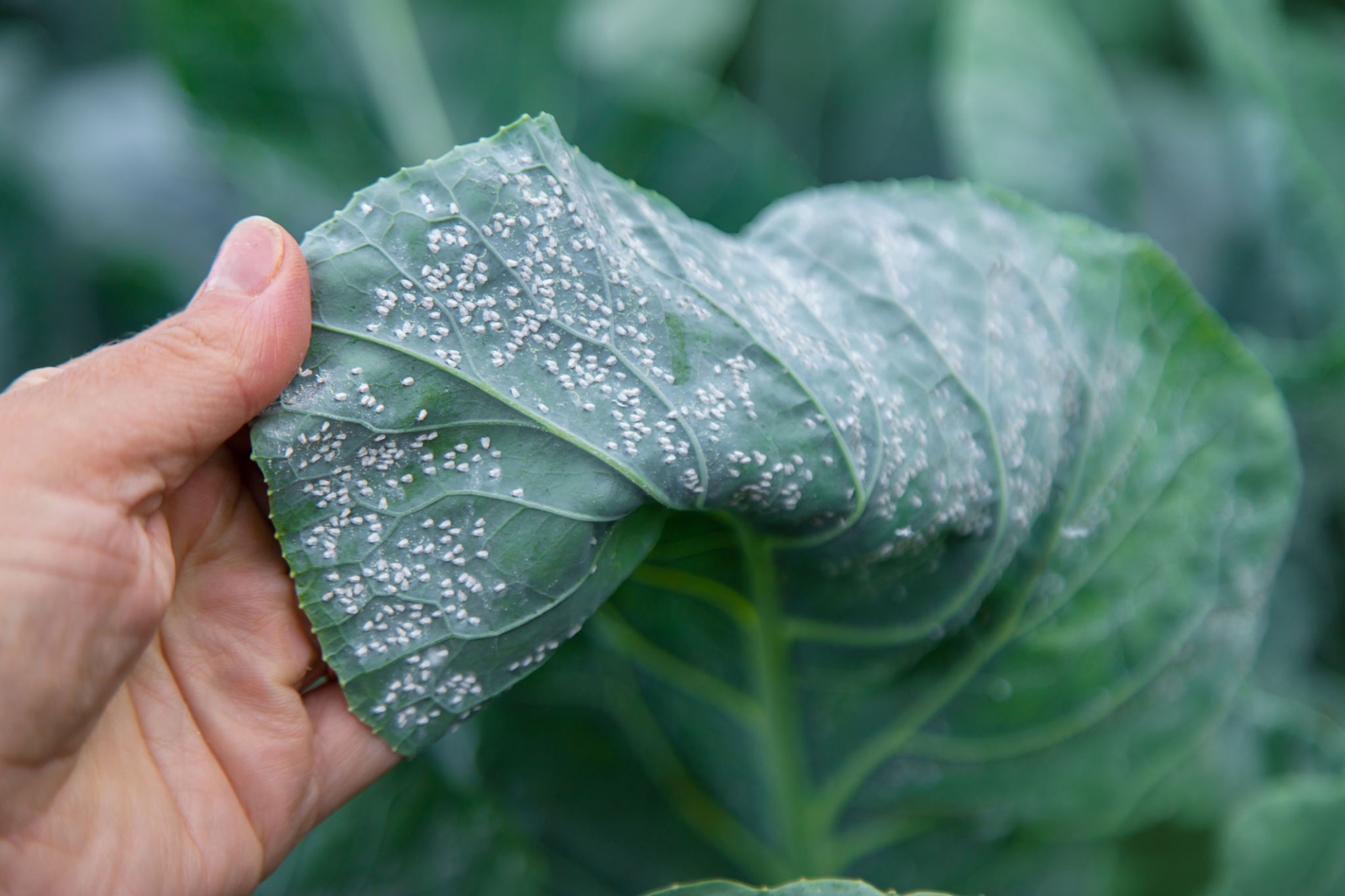The Latest Trends in Eco-Friendly Pest Control
Introduction to Eco-Friendly Pest Control
As the world becomes more environmentally conscious, the pest control industry is also evolving to meet the demand for sustainable solutions. Eco-friendly pest control techniques are gaining popularity among homeowners and businesses seeking to manage pests without harming the planet. This shift towards green practices not only protects the environment but also ensures the safety of humans and pets.

Natural Pest Repellents
One of the most significant trends in eco-friendly pest control is the use of natural repellents. These include plant-based oils like peppermint, neem, and eucalyptus, which are effective in deterring a variety of pests. These oils are typically used in sprays or diffusers and offer a non-toxic alternative to chemical pesticides.
Additionally, certain plants such as lavender, basil, and marigolds can be strategically placed around homes to naturally repel insects. By incorporating these plants into gardens and landscapes, individuals can create a natural barrier against pests.
Biological Control Methods
Biological control involves using natural predators to manage pest populations. This method is gaining traction as a sustainable approach to pest control. For instance, ladybugs and lacewings are often released in gardens to combat aphid infestations without the need for chemical intervention.

Another example is the introduction of nematodes, microscopic worms that target soil-dwelling pests like grubs and beetles. These organisms provide an environmentally friendly solution by naturally keeping pest numbers in check.
Integrated Pest Management (IPM)
Integrated Pest Management (IPM) is a comprehensive approach that combines various strategies to effectively manage pests with minimal environmental impact. IPM emphasizes monitoring and identifying pests to determine the most effective course of action. This method often involves a combination of mechanical traps, biological agents, and natural repellents.
The goal of IPM is not only to eliminate pests but also to prevent future infestations by addressing root causes such as entry points and food sources. This holistic approach promotes long-term pest management and reduces reliance on harmful chemicals.

Technological Advancements
Technology is playing a crucial role in advancing eco-friendly pest control methods. Innovations such as ultrasonic repellers, which emit high-frequency sound waves, are becoming popular as a non-invasive way to deter rodents and insects. These devices are safe for humans and pets while effectively keeping pests at bay.
Drones and smart sensors are also being utilized in agricultural settings to monitor pest activity and apply targeted treatments only when necessary. This precision reduces chemical usage and minimizes environmental impact.
Conclusion
The latest trends in eco-friendly pest control demonstrate a growing commitment to sustainability within the industry. By adopting natural repellents, biological control methods, Integrated Pest Management, and leveraging technological advancements, individuals and businesses can effectively manage pests while protecting the environment. As awareness continues to grow, it's likely that these eco-friendly practices will become the norm for pest control solutions worldwide.
